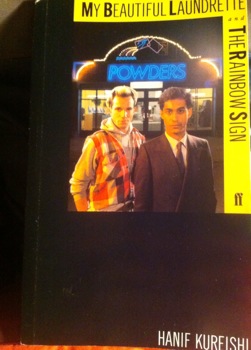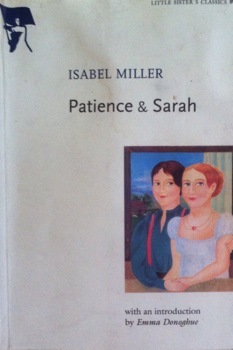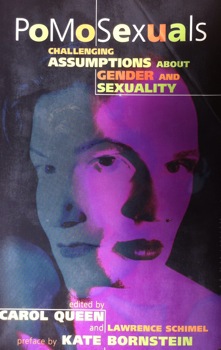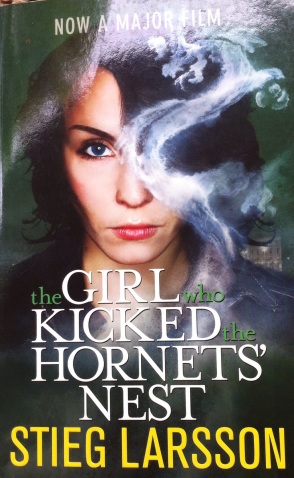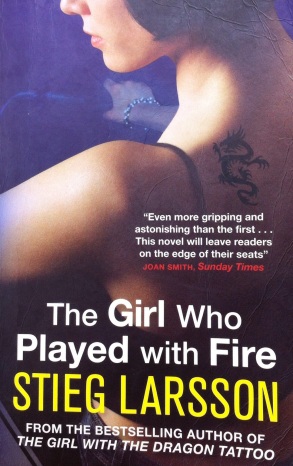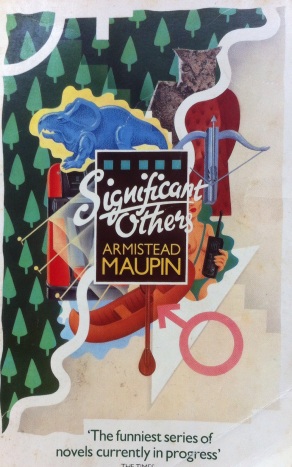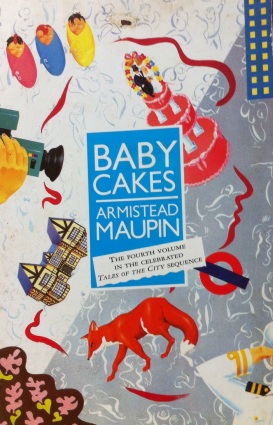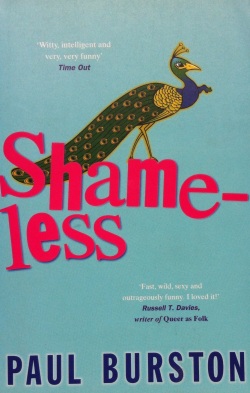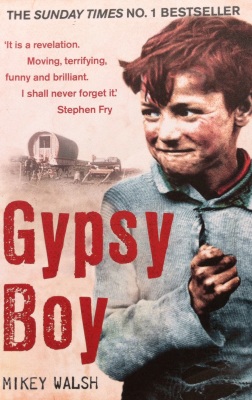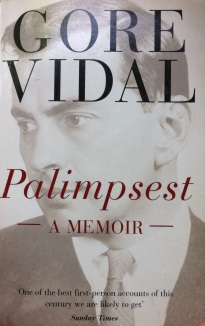Hello, use the tags to the right (or below if on mobile), or browse as the full title and author are not listed
My beautiful laundrette
The Song of Achilles

Review of the book: http://www.therainbowhub.com/book-review-the-song-of-achilles/
Author: Madeline Miller
2011
BGW412
Patience and Sarah
A novel from 1969, self published, and ground breaking in that it’s main characters, two women in a relationship don’t die, suicide, or regret their relationship.
This edition contains some wonderful extras: an exert from an opera based on the novel, initial drafts of the novel, an obituary of the author, a review from the time, and some passages from the author’s partner of the time about their lives during the development of the text. These add some weight to the text and puts on paper its historical context and origins.
“From the pole ladder where I was mortaring first the chimney and then the walls, I could look over the rise behind our house and see my Sarah planting corn, a sight so beautiful I hoped the roofers weren’t looking at her too. In her left hand she carried a stick, crossbarred to make a hole of the proper depth. With her right hand she tossed the kernel into the hole, and then with a forward step both closed the hole and prepared a new one. Whenever her toss went wrong she bent and saved the kernel. She could go whole rows without having to bend, and even her bending was lovely. In all she planted four acres without an awkward movement and without strain. She said it was sport.”
1969
Pomosexuals: challenging assumptions about gender and sexuality
Quite an unappealing title, but an amazing book.
Short essays and writings reflecting on identity, labels, the body, sexual exploration, desire, and community membership and exclusion. Where else would you read about a woman fisting a leather man, Jewish diaspora and a carrot stuffing competition.
Skip the intro and preface, start reading at random.
Edited by Carol Queen and Lawrence Schimel
Gut symmetries
“Her kitchen had strings of onions and fat hams hanging in glorious torture from twisted hooks in the ceiling. She smoked her own kippers up the chimney, skewering them in pairs with discarded knitting needles. For this she kept a wood fire. The other fireplaces were fed on coal. She had a glass-fronted cabinet lined with jars of homemade preserve; pickles, tomatoes, pears, cabbage, and in the middle a baby rabbit. This was not for eating. It was an ornament. When the wind blew and the cupboard rattled the rabbit bobbed up and down in his transparent prison, his ears buckling slights as they hit the lid seal.
The furniture was plain: a scrubbed sycamore table, a deep enamel sink, a few unmatched chairs and an evil-smelling coal Rayburn that left soot on my grandmother’s scones.
‘Won’t hurt,’ said Grandmother. ‘Look at me.’
Yes, look at her, bunioned, bulbous, hair in bulrush rolls, butt-headed, butter-hearted and tenacious as a buckaroo”
1997
BGW
